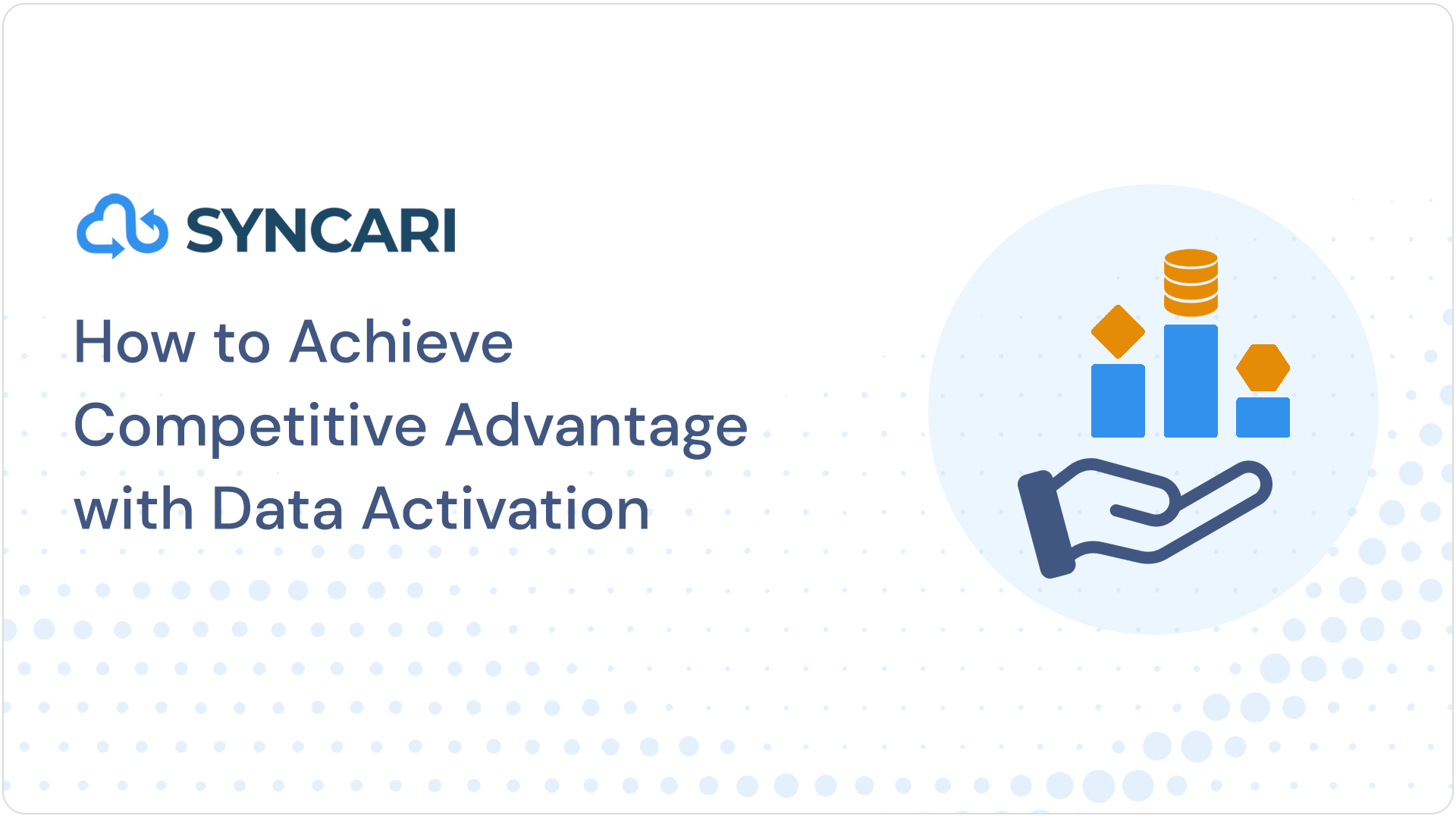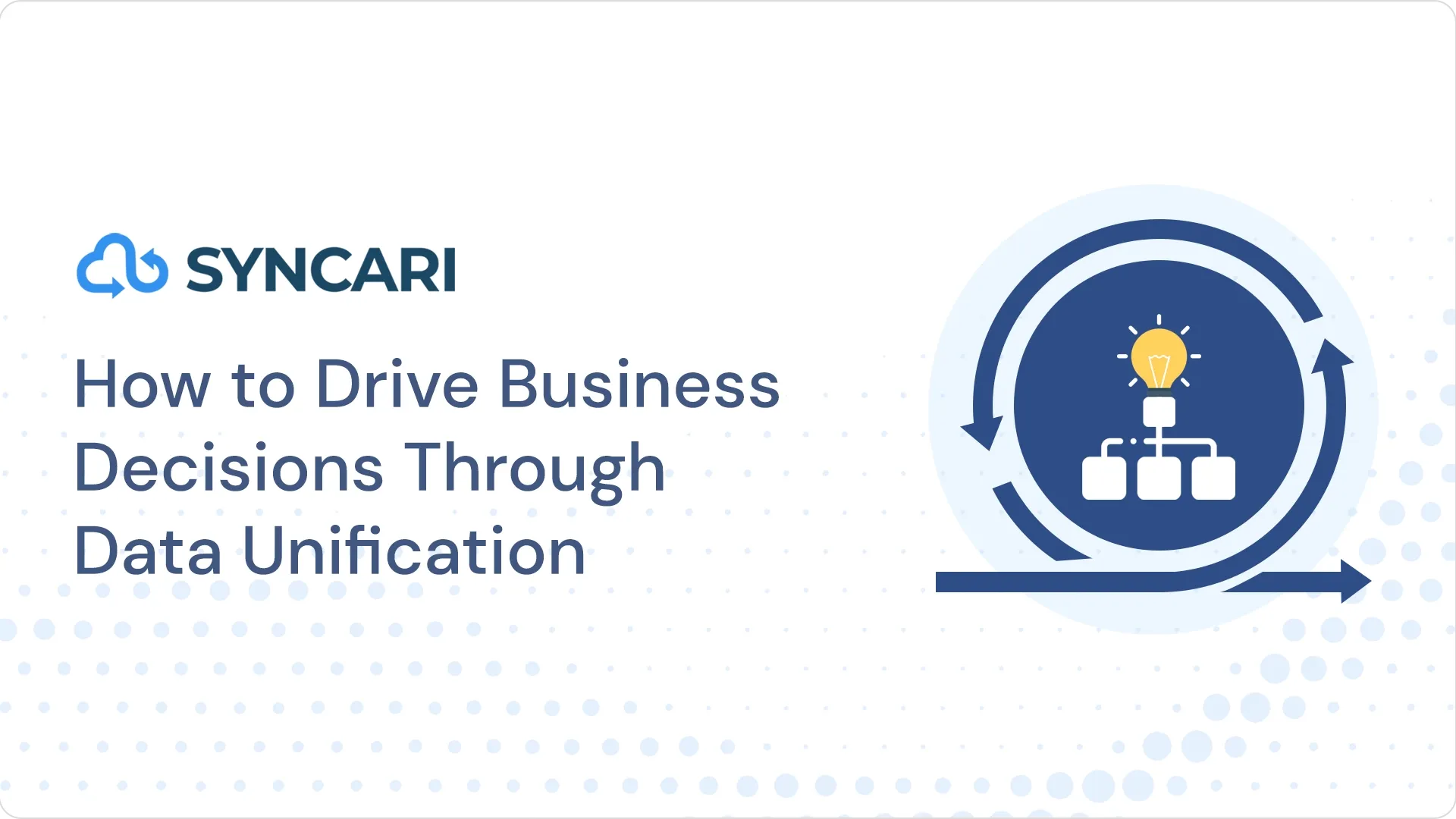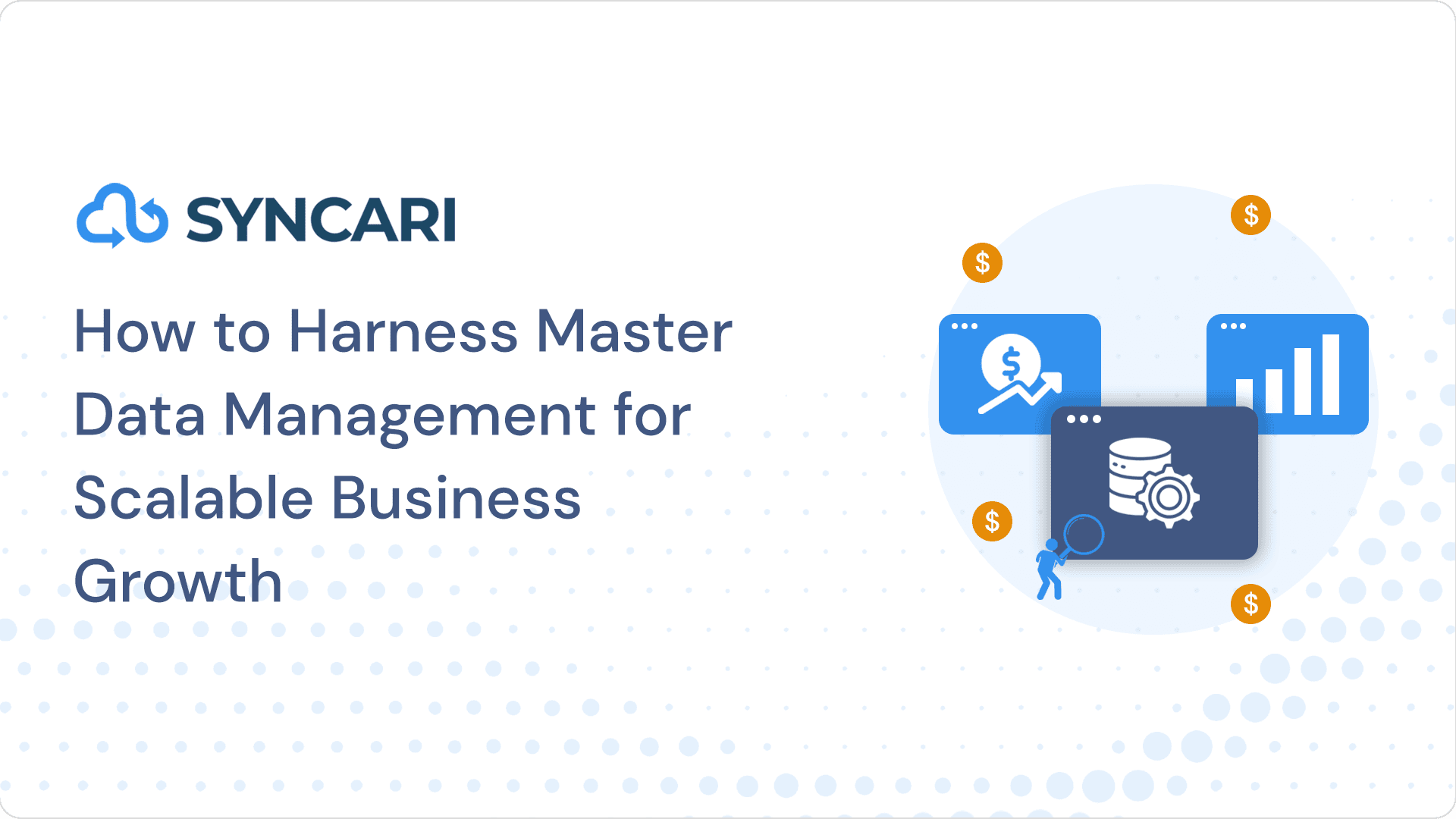Ask any salesperson in the tech industry what their most-used CRM is, and the answer will likely be “Salesforce.” After all, it is one of the most successful software companies in the world. Their flagship product, Sales Cloud, sells the idea that you, their user, are at the center of the Salesforce ecosystem and have everything you need to be successful with one platform. Salesforce wants you to believe…
- You need a single view of your customer / Customer 360
- You need a single source of truth (SSOT) for your customer data
- Salesforce can provide both
Salesforce uses this image throughout its marketing:

The image above is hopeful and optimistic. It puts you in the middle, making you feel like you’re the center of attention and you have everything you need. And it’s a big, fat lie.
How did we get to Salesforce as a Single Source of Truth?
According to BetterCloud, 80 different SaaS apps are used in a typical tech company. This means every department has many systems they use to engage with customers, prospects, or other related pieces of company information. But switching between all these systems, dealing with different access and permissions schemes, and simply trying to remember which system has what data means info easily gets lost or becomes inaccurate by the time it gets to where it needs to go.
One way organizations have tried to handle this problem is by creating a “unified view” of all the data related to a person or a company (often known as a “single source of truth” or SSOT). If you try building this in Salesforce, though, chances are you’ll soon feel like you’re patting your head and rubbing your stomach at the same time.

Salesforce Shouldn’t be your Single Source of Truth
Let me be clear: Salesforce is not bad. Salesforce is great (when configured correctly) at managing the sales process across different sellers, and even creating a throughline from marketing automation to the bottom of the funnel. But Salesforce is often used incorrectly. It often is — and should be — the source of truth for sales. (It’s even in the name!) It just shouldn’t be the SSOT for the whole business.
Here’s why:
1. Salesforce wasn’t built to be a single source of truth
For a single source of truth to be viable, it needs to aggregate data across disparate applications and provide the appropriate controls for data authority and data lineage. Salesforce can’t do this. At its core, Salesforce is still just a CRM built on top of an increasingly complex Oracle DB.
2. Salesforce is not the SSOT for every system or team
Different departments (and software) structure data differently. While it’s easy to use “email” for people and “website” for companies to find who or what you’re looking for, matching these in Salesforce for that person or company isn’t always realistic or possible. Some try to solve this by adding a new, separate, unique identifier. This works… until you run into incomplete or incorrect data in your other systems — which is going to happen. Often.
Because controlling the data among all these systems is nearly impossible to do manually, it’s difficult to depend on another system like Salesforce to be the single source of truth. There’s more than one variable changing all the time.
3. Just presenting consistent data across Salesforce Customer 360 is a struggle
If you adopt multiple Salesforce clouds, you’ll get decent data consistency across Sales Cloud and Service Cloud. That’s about it. Bringing together data from the rest of the portfolio requires point-to-point integration. This approach might make sense across two applications like Sales Cloud and Marketing Cloud but quickly turns into a mess when multiple apps are involved. Customer 360 Data Manager proposes to help by unifying records based on ID. Unless you can do this while controlling for accuracy, timeliness and quality, you welcome data chaos.
4. Salesforce is optimized for single table searching
While Google is constantly making updates to their search functions to make sure you always get helpful results, other systems — including Salesforce — have quite a bit of work to do.

Granted, it’s really good about giving you information about accounts, contacts, and opportunities. Salesforce is optimized to find information in a single table.
But getting insights from multiple objects — even if they’re all related to an account — is difficult. There’s no place to create a temporary structure where you can house everything that relates to a single thing. (Sure, you can go down the route of custom reporting, custom objects, and some code, but that’s a lot to ask every time you need to dip your toes into data analysis.)
It’s not uncommon, then, to see Excels or Google Sheets derived from CSV exports. The problem is that this practice introduces a lot of potential data skew and makes it difficult for others to share in your analysis.
5. Data is difficult to work on
Another barrier to using Salesforce as your SSOT is the difficulty in building aggregates (counts, sums, min, max, median, etc). Counting things is much easier if your data is already in the right format. Of course, there are tools like Rollup Helper, but that’s the crux of the issue. Without custom Apex code or an external tool to do the work for you, Salesforce simply can’t do it.
Normalizing data is also an issue. It might be that you have data that only exists on a weekly basis. So, if you want daily rollups of that data, you’ll only be met with disappointment. Data needs to be in the same shape, format, and time period to be adequately compared, and Salesforce doesn’t help you with this.
6. The more data you have, the more you pay (disproportionately)
Storage for data — even cloud-based storage — is cheap. Salesforce storage is not. You also need a license for every person wanting to access data, raising your costs even further.
What compounds this even further is how Salesforce handles data. To add more data, you have to add columns. Adding more columns multiplies the number of times you need to store them. Which costs you more in Salesforce storage. And the cycle keeps repeating. (Oh, and backups are extra.)
7. Getting useful external data is complicated
A recent shift in focus for a lot of companies is product-led growth (PLG). Essentially, it means putting your product front-and-center for both prospects and existing customers to acquire, upsell, and retain them. But this doesn’t mean demos or proofs-of-concept. It means getting product usage data and using that to better understand your customers and their behaviors.
For instance, if your sales teams were able to see that a customer had 43 open support tickets before being called to be sold an upgrade, your business may be able to avoid at least one awkward conversation.
The point is here that Salesforce can’t do any of this natively. And the integrations you’re usually offered to try to solve for this are sketchy at best. It requires more customization, more columns, more data storage, and generally results in just more headaches.
8. Transaction history is limited (and quickly gets expensive)
For you to get history at all, you first have to turn on history tracking. And you have to turn it on for each field. If you have only a few fields that don’t change often, this isn’t too much of a problem. But if you’re like most companies who want to be data-driven, you’ll have quite a few. Of course, you can always pay to track more fields for longer periods of time. But it costs a lot on top of an already-expensive software.
9. It’s difficult to adapt to changes in another system
As I discussed earlier, even Salesforce knows — through its use of third-party logos in its own marketecture diagram — you can’t use just SFDC to get your work done. To help you, they’ve created an admittedly pretty good marketplace. The idea is, if you’re using only the apps in the Salesforce world, you’ll have a better chance of them working well together.
But if you’re like most organizations, the data in your environment changes, and you’ll need to constantly use your detective abilities. Connected objects’ schema can change. The format or accuracy of the data you receive will change. Access permissions change or the integration breaks. The sky’s the limit when it comes to how data in Salesforce can break, and you’re left picking up the pieces.
10. Integrating Salesforce with MuleSoft + Einstein won’t solve this problem
Integration is a massive pain for almost every Salesforce customer. And MuleSoft is excellent at integration and APIs (full disclosure: I worked at MuleSoft for 8 years). But if your vision is to create a Customer 360 in Salesforce using MuleSoft, you’re going to have a few issues. Perhaps the biggest: MuleSoft will bring together ALL of your data — the gold and the garbage. Next up: keeping data across your apps in sync will require so many bi-directional connections with custom logic to control for data integrity that even minor schema changes become breaking changes. Finally: you’re going to need IT resources.
11. A single source of truth isn’t the right north star anyways
If you’re like most companies and have adopted a best of breed approach, you have non-Salesforce apps. I’d hazard a guess that almost every department uses a non-Salesforce app to interact with customer data, and a few of them might be bold enough to consider that app to be their source of truth (SOT). So, if Salesforce is your SOT for sales, Hubspot is your SOT for Marketing, Netsuite is your SOT for Finance, and Gainsight is your SOT for success, how do you ensure customer data across all those SOTs stays in sync? One common approach is to dump everything into a data warehouse and drive laggy insights and reporting from Tableau. Analysis and insights are necessary, but this approach just creates another data silo and fails to make trusted customer data available and operational for customer-facing teams in near real-time.
Distributed Truth > Single Source of Truth
Clearly, Salesforce is not the best place to keep all your operational data. It cannot serve the needs of an entire organization, nor should it. People have tried for years to get Salesforce to act as their single source of truth and the struggle is still ongoing. For your organization to accurately build a scalable foundation upon which everyone has what they need to do their jobs — whether they use Salesforce or not — you must embrace distributed truth.
Instead of relying on one system to do everything for you, you should instead rely on the strengths of each system. Let Sales keep Salesforce. But enable Marketing to use their marketing automation tool as their source of truth. Empower customer success to use their preferred system. Distribute the data to everyone that needs it instead of locking it away.
Learn more about why the “single source of truth” is dead, and why distributed truth is the way forward in our eBook.


